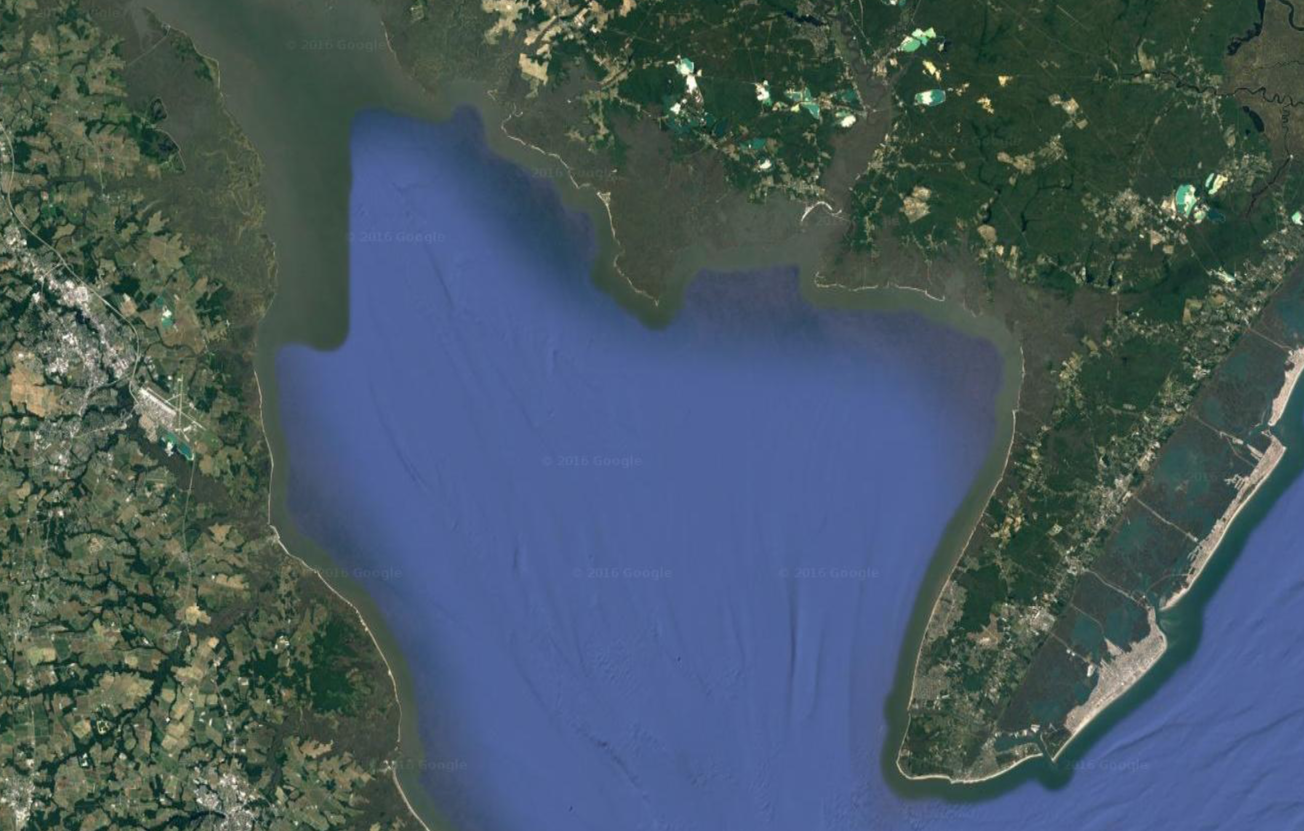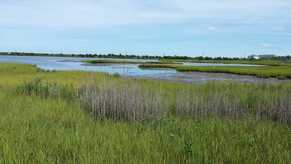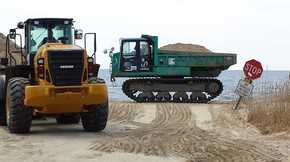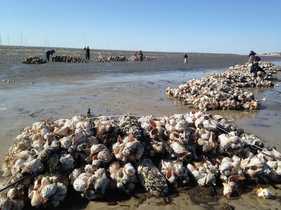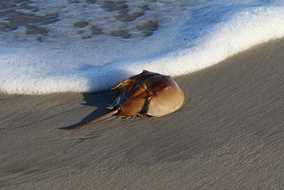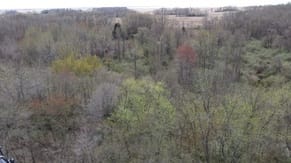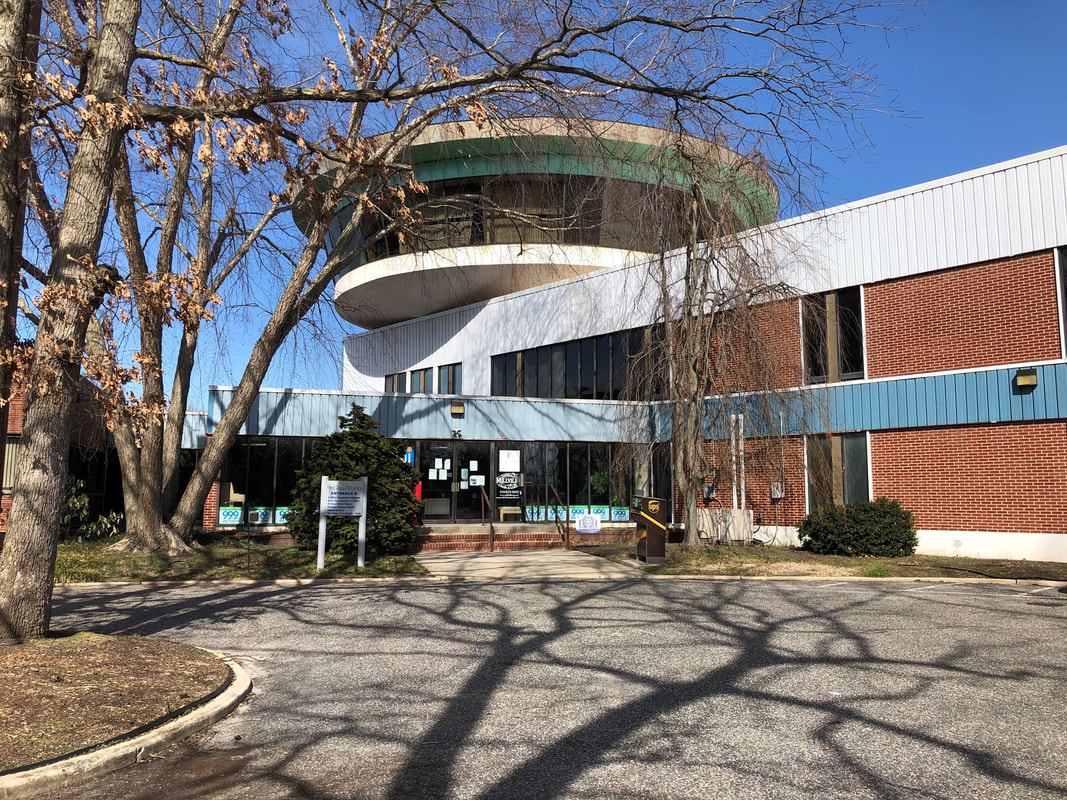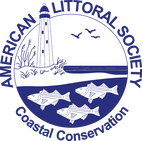|
Situated in Millville, NJ, the Bayshore office is centrally located in the Bayshore region.
With six staff employees and many volunteers, including a Youth Restoration Corps and a US Veterans Program, the Bayshore office coordinates all of the habitat restoration and education work along the Bay. Projects and programs include: the restoration of bay beaches for horseshoe crabs, migratory birds and people; the installation of intertidal oyster reefs; protection of water resources; and numerous other environmental projects in the Bayshore area. |
WATER QUALITY ISSUES
|
Southern New Jersey's water supply is under duress due to development, pollution, sea level rise and a greater demand on its supply than it can handle. With its partners, the Society works at the federal, state, regional and local level to educate, advocate, conserve and restore this critical resource. To protect water resources in the bayshore area, the Society has preserved open space, educated the public about water conservation measures, worked with local and state politicians to improve rules and regulations and restored important habitat.
|
BEACH RESTORATION
|
As part of the Atlantic Flyway, Delaware Bay is vitally important to the migration of shorebirds, songbirds, waterfowl, raptors, rails and fish. After Superstorm Sandy decimated the Bayshore beaches, destroying vital horseshoe crab habitat that many migratory shorebirds depend on for their annual migration, the Society organized an emergency beach restoration project that averted a natural disaster. Since then the Society has continued to restore Bayshore beaches, saving both horseshoe crabs and the many species that depend on them for their own survival.
|
Oyster Reef Construction
|
In an effort to protect the beaches of the Delaware Bayshore, the Society has been building oyster reefs in front of those beaches to guard them from wave action, provide habitat for other species, help increase the oyster population and in doing so allow this ecologically and economically important bivalve to help clean the bay. One adult oyster can clean up to 50 gallons of water per day. Every year, with the help of volunteers, the Society builds more reefs.
|
Horseshoe Crab Tagging
|
In May, when horseshoe crabs flock to Delaware Bay beaches by the thousands to lay their eggs, the Bay's eastern shore is transformed into a moving mass of life. Thousands of shorebirds, including the red knot, ruddy turnstone and sanderling converge on area beaches to gorge on horseshoe crab eggs before continuing onto their nesting grounds in the Arctic Circle to have their babies. The Society's staff-supervised, volunteer horseshoe crab tagging program is one of the largest in the world and about to be the largest in the country. The data collected from this program helps scientists learn more about this vital species.
|
LAND PROTECTION
|
The Society works closely with state and non-profit land trust partners to preserve areas in the Delaware Bayshore area important to water quality, aquatic resources, wildlife and public access. For example, in 2007, the Littoral Society defeated a proposed Wal-Mart Supercenter within the federally designated boundaries of Supawna Meadows National Wildlife Refuge in Pennsville Township. The 80-acre site has since been added to the Refuge, which supports the nearby Pea Patch Island Rookery, home to over 6,000 pairs of Colonial Wading Birds comprising nine different species. It is the largest rookery on the east coast north of Florida.
|
|
Delaware Bayshore Office
600 G St, Suite 610 Millville, NJ 08332 856-825-2174 Delaware Bayshore Program Director: Lucia Osborne Conservation Coordinator: Zach Nickerson Director of Education: Michelle Rebilas Habitat Restoration Project Manager: Shane Godshall Habitat Restoration Technician: Toni Rose Tablante |

